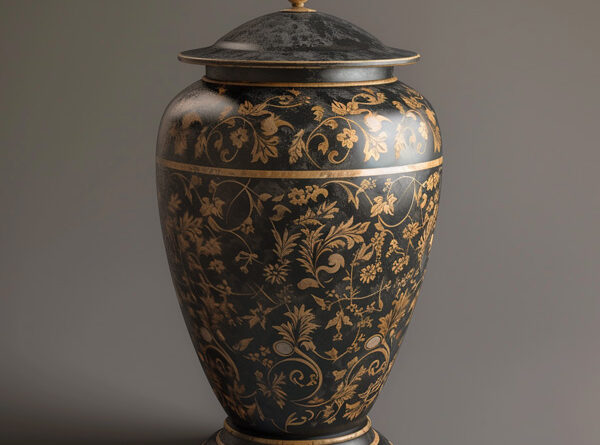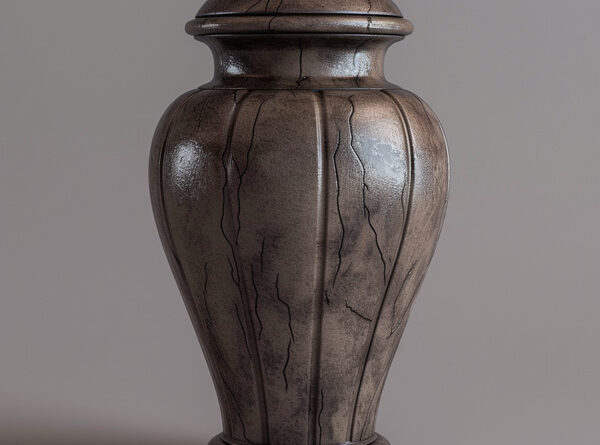
The average cost of cremation in El Paso, Texas is $1,800. The most affordable option is direct cremation, which costs $700.
Cremation in the City of El Paso, Texas
Cremation is a popular option for final disposition in the city of El Paso, Texas. The process of cremation involves the burning of a deceased person’s body to reduce it to ashes. Cremation is often chosen for its affordability, convenience, and environmental benefits.
The cost of cremation is typically less expensive than the cost of a traditional burial. This is because cremation does not require a burial plot or headstone. Additionally, cremation can be completed in a shorter amount of time than a traditional burial. This can be important for families who want to hold a memorial service soon after the death of a loved one.
Cremation is also more environmentally friendly than traditional burial. This is because cremation does not require the use of embalming fluids or caskets. Embalming fluids can contain harmful chemicals that can pollute the environment. Caskets are often made from materials that are not biodegradable. Cremation, on the other hand, produces no harmful emissions and the cremated remains can be scattered or buried in a biodegradable urn.
If you are considering cremation for your loved one, there are a few things you should know. First, you will need to choose a cremation provider. There are many different cremation providers in the city of El Paso, so it is important to do your research and compare prices and services. Once you have chosen a cremation provider, you will need to make arrangements for the cremation. This will include choosing a cremation container, scheduling the cremation, and making arrangements for the disposition of the cremated remains.
The cremation process typically takes place at a crematorium. The crematorium is a facility that is specifically designed for the cremation of human remains. The cremation process begins with the placement of the deceased person’s body in a cremation container. The cremation container is then placed in a cremation chamber. The cremation chamber is heated to a very high temperature, which causes the body to burn. The cremation process typically takes several hours. Once the cremation is complete, the cremated remains are removed from the cremation chamber and cooled. The cremated remains are then returned to the family of the deceased person.
The cremated remains can be disposed of in a variety of ways. The most common way to dispose of cremated remains is to scatter them. Scattering cremated remains can be done at a cemetery, in a park, or in any other place that is meaningful to the family. Another option is to bury the cremated remains in a cemetery. The cremated remains can be buried in a traditional burial plot or in a columbarium. A columbarium is a structure that is specifically designed for the burial of cremated remains. Finally, the cremated remains can be kept in an urn. Urns can be made from a variety of materials, including metal, glass, and ceramic. Urns can be displayed in a home or other location that is meaningful to the family.
If you are considering cremation for your loved one, there are a number of resources available to help you. The Cremation Association of North America (CANA) is a non-profit organization that provides information and resources about cremation. The CANA website has a cremation locator tool that can help you find a cremation provider in your area. The CANA website also has a wealth of information about the cremation process and the different ways to dispose of cremated remains.
Cremation is a dignified and meaningful way to honor the memory of your loved one. If you are considering cremation, there are a number of resources available to help you make informed decisions about the cremation process.






